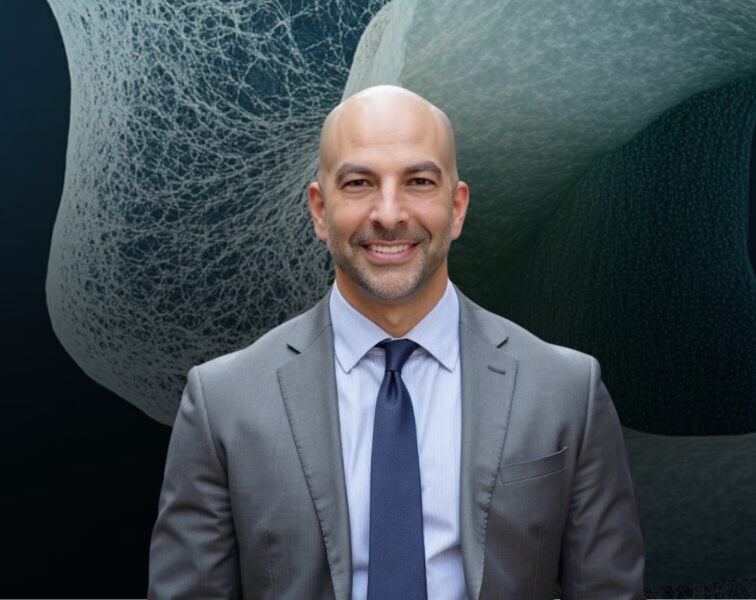In this “Ask Me Anything” (AMA) episode, Peter dives deep into the topic of bone health and explains why this is an important topic for everyone, from children to the elderly. He begins with an overview of bone mineral density, how it’s measured, how it changes over the course of life, and the variability between sexes largely due to changes in estrogen levels. From there he provides insights into ways that one can improve bone health, from exercise to nutrition supplements to drugs. Additionally, Peter discusses what happens when one may be forced to be sedentary (e.g., bedrest) and how you can work to minimize the damage during these periods.
If you’re not a subscriber and listening on a podcast player, you’ll only be able to hear a preview of the AMA. If you’re a subscriber, you can now listen to this full episode on your private RSS feed or on our website at the AMA #37 show notes page. If you are not a subscriber, you can learn more about the subscriber benefits here.
We discuss:
- Overview of bone health topics to be discussed [1:45];
- Bones 101: bone function, structure, and more [5:15];
- Bone mineral density (BMD), minerals in bone, role of osteoblasts and osteoclasts, and more [8:30];
- The consequences of poor bone health [13:30];
- The devastating nature of hip fractures: morbidity and mortality data [17:00];
- Where fractures tend to occur in the body [23:00];
- Defining osteopenia and osteoporosis [24:30];
- Measuring BMD with DEXA and how to interpret scores [27:00];
- Variability in BMD between sexes [34:15];
- When should people have their first bone mineral density scan? [36:45];
- How BMD changes throughout the life and how it differs between men and women [39:00];
- How changes in estrogen levels (e.g., menopause) impacts bone health [44:00];
- Why HRT is not considered a standard of care for postmenopausal bone loss [47:30];
- Factors determining who may be at higher risk of poor bone health [50:30];
- Common drugs that can negatively impact BMD [54:15];
- How children can optimize bone health and lay the foundation for the future [57:45];
- Types of physical activity that can positively impact bone health [1:02:30];
- How weight loss can negatively impact bone health and how exercise can counteract those effects [1:10:45];
- Nutrition and supplements for bone health [1:14:15];
- Pharmaceutical drugs prescribed for those with low BMD [1:17:15];
- Impact of extreme sedentary periods (e.g., bedrest) and how to minimize their damage to bone [1:22:00]; and
- More.
Get Peter’s expertise in your inbox 100% free.
Sign up to receive An Introductory Guide to Longevity by Peter Attia, weekly longevity-focused articles, and new podcast announcements.
Overview of bone health topics to be discussed [1:45]
Today’s episode is all things bone health: bone mineral density, osteopenia, osteoporosis, things of that nature
- Why is this important?
- Why should people care about this?
“Our hope is in the beginning at least we’ll walk through why they should care about this and why they should focus on it early on in life.”
- We’ll talk about how bone health changes as people age, the differences between sexes in men and women
- Then we’ll also focus on things on how people can improve or help their bone health become better from physical activity to nutrition, supplements, drugs, and more
Bones 101: bone function, structure, and more [5:15]
What is bone?
- Bone is a living tissue
- It’s easy to forget this fact and think of bone as somewhat inert
- But bone is heavily vascularized
- Bone is an organ that plays a very important role in a lot of things
Common bone types
- Cortical/compact bone is what forms the “shaft” and the exterior of long bones
- Femur, humerus, etc. — they have the long shaft and then the nubbins at the end
- The shaft of that is the cortical or compact bone
- You also have the trabecular bone/spongy bone
- There are some differences amongst those in terms of their vascularization and things like that
- For the purpose of this discussion…
- when discussing the compact or cortical bone, Peter is referring to the shaft
- And when speaking about the spongy/trabecular part, he’s talking about the end
Bone marrow
- Marrow is important because it is what’s producing our white cells and our red blood cells
- In a post COVID world, it’s important to understand that the memory B cells and memory T-cells that are going to provide lasting immunity against this virus and other viruses, reside in the bone marrow
- The whole purpose of being infected and then having a subsequent infection that’s less devastating, (and purpose of being vaccinated) for the same reason is to have memory B cells and T-cells that are sitting there in the bone marrow that can respond immediately and quickly upon reintroduction of the same antigen
Bone mineral density (BMD), minerals in bone, role of osteoblasts and osteoclasts, and more [8:30]
Osteoblasts and osteoclasts
- Osteoblasts—“B” for blast
- These are responsible for building bone by producing collagen bone matrix and mineralizing it
- Osteoclasts
- These remove bone by reabsorbing calcified bone and the matrix
- So osteoblasts contribute to increasing bone mineral density
- Osteoclasts the opposite
- This exists in an equilibrium—We’re constantly remodeling bone, adding to and subtracting from this and basically turning over calcium
{end of show notes preview}
Would you like access to extensive show notes and references for this podcast (and more)?
Check out this post to see an example of what the substantial show notes look like. Become a member today to get access.



